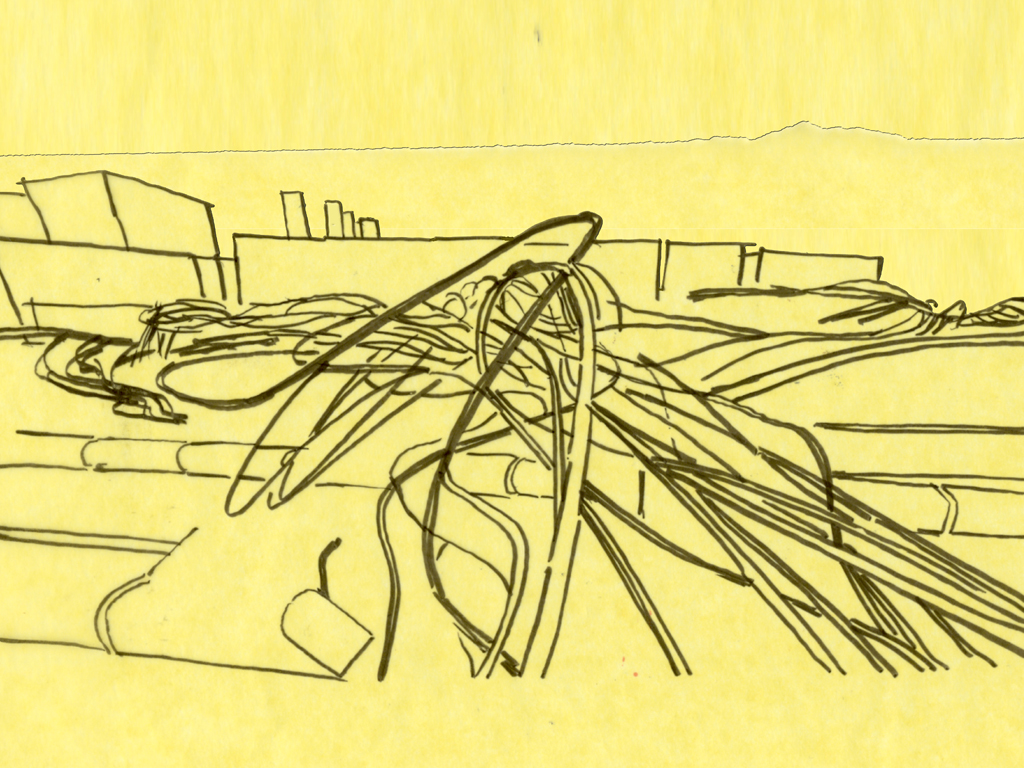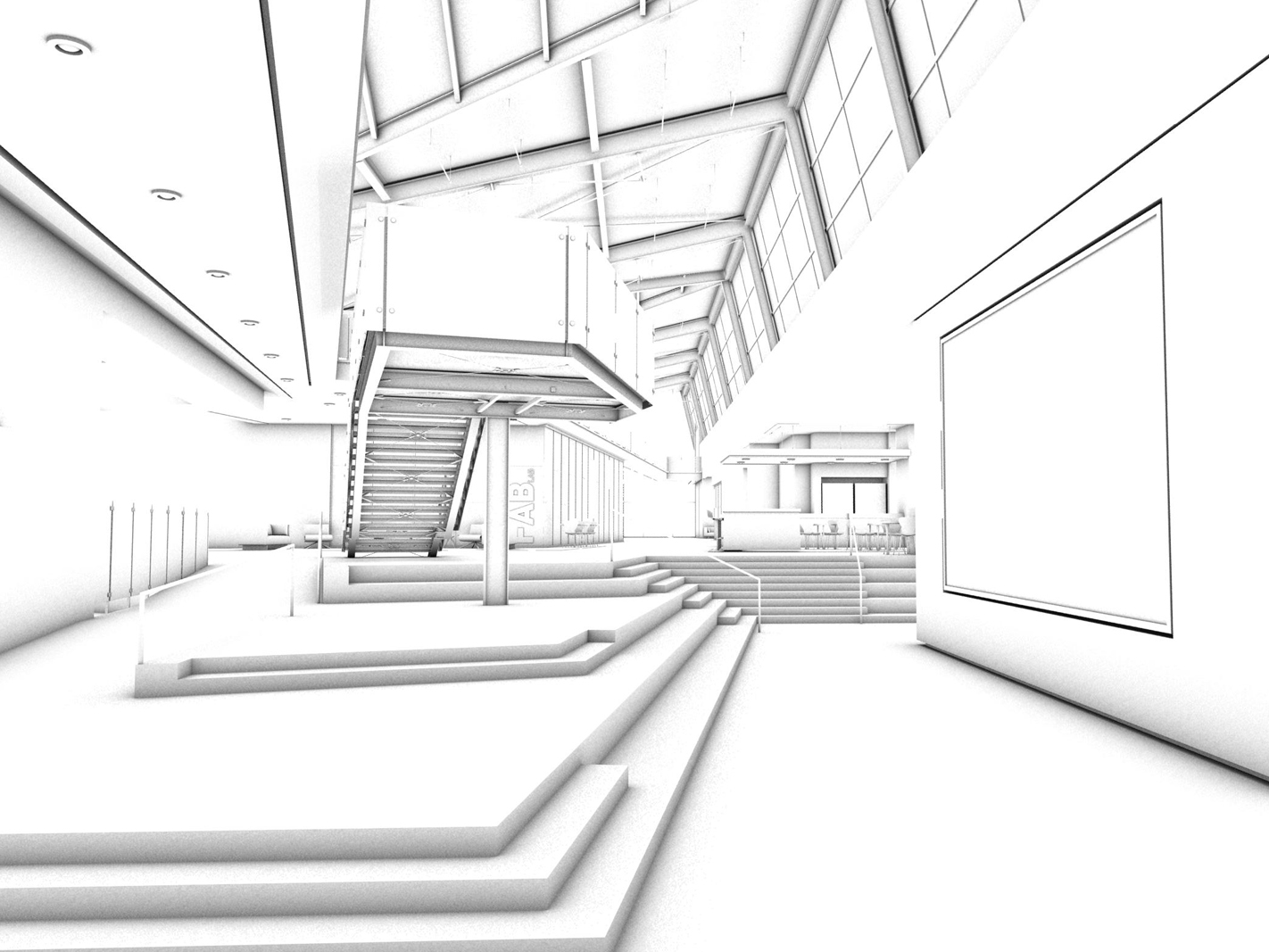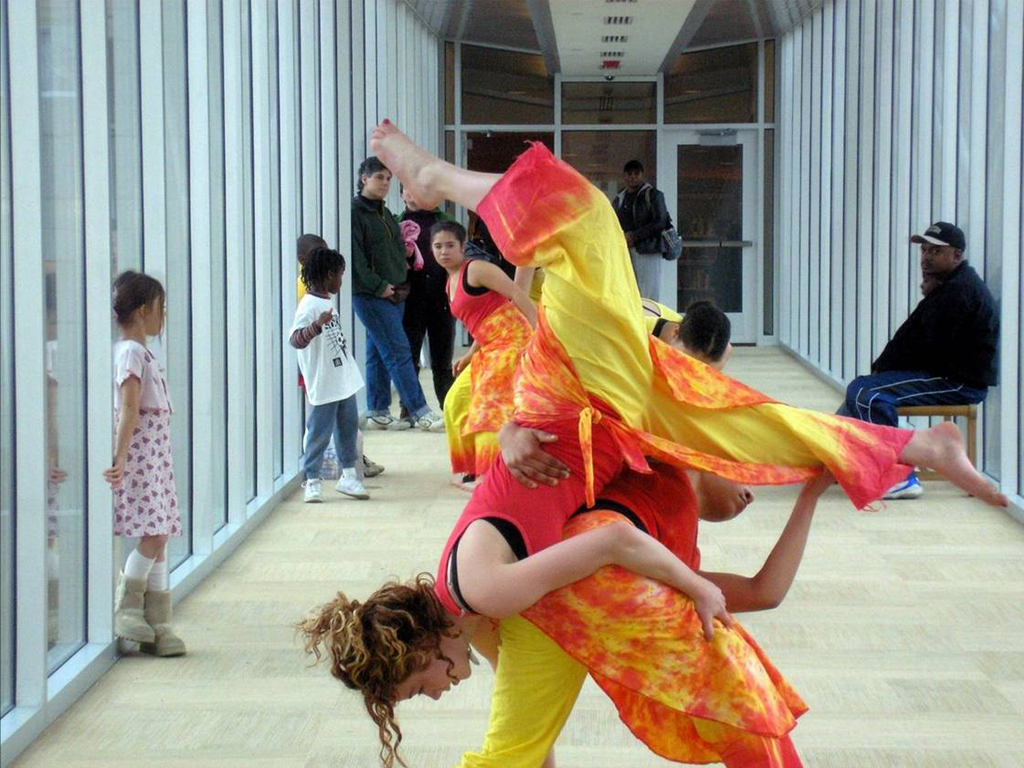PechaKucha: Aristotle, Emptiness, and Godzilla
PechaKucha is the Japanese format of storytelling, where the presenter shows 20 slides, 20 seconds each.
To honor the upcoming PechaKucha being held in Cleveland, we are throwin’ it back to our very own take. This particular presentation event occurs in cities around the world to give designers a platform to showcase their works, ideas, and stories. Marco, principal of studioTECHNE, had the opportunity to participate in 2013. Here he discusses, “Aristotle, Empitness, and Godzilla”…
As was said, we’re going to talk about Aristotle, Emptiness, and Godzilla. These are the principles that we have based the firm around. It is our decision making and how we approach design and the design process.
First, we’d like to talk a little about design.
Design is, at its basic sense, a collective. A collective intelligence that shows us and shapes the world in which we live. You can recognize it through the “materiality” of our objects, the environments in which we dwell, the visual communication that we share information, and the spaces that we inhabit.
Design is about ethos; it’s about values. It’s about the opportunity to support our capacity to respond to global crisis, our well-being, our survival. It depends on our ability to organize, innovate, design sustainable and holistic solutions, and solve the problems that we present ourselves in our world today.
Unlike anything, any time in our past, information sharing has become critical to supporting individual performance. Our ability to collaborate within the office expands our ability to think; it expands our ability to critically solve problems and it extends the limits each of us individually have as we design.
“Aristotle’s edition to techne - the idea of techne - is that techne becomes--something that becomes moral; becomes about our humanity. So as architects, as we start to think about making space, really what we end up doing is designing for emptiness.”
In 1994 when the firm was founded - this was back in the days of darkness - the internet was text-based and it was dial-up. It was a lot different and you had to go to the library to find information. We spent a day in the library looking at books to try to think about who we are, what we are, and what we wanted to do. We thought that – a business named after ourselves wasn’t intentional enough. How do we come to something that actually talks about the work that we’re going to do? As we looked at Socrates, Plato, and Aristotle, the idea of techne - the art of making - became something that resonated quite clearly, and in that word--is the use of systematic knowledge to define solutions that represent human action. This isn’t basic cognitive making but it is transformative. It’s purpose is to produce an effect and emotional response. It allows us to inhabit space. Aristotle’s edition to techne - the idea of techne - is that techne becomes--something that becomes moral; becomes about our humanity. So as architects, as we start to think about making space, really what we end up doing is designing for emptiness.
Architecture as we practice it is a long process. It can take us 2-3 years to design a project from start to finish and get it constructed. But what that means, though, is time to think about the spaces that we make; that we’re not just building but we’re actually providing space that can enclose, liberate, suspend us, lead us through those spaces, places to contemplate, places to think.
Broken down in its most basic - stripped of its walls, its language, slabs, structure, etc - what you’re left with is emptiness. We can’t draw emptiness; we can’t plan emptiness. What we can do is draw its boundaries - start to think about what the resultant space is that we want--what we want to have as something that can be occupied. The space itself is dependent on our senses. It requires the perception of light, sound, texture, color, but most importantly it relies on human experience. It is in these spaces that we inhabit that we share, work, meet, greet, and provides meaningfulness to the things we do on a daily basis. When we think about these spaces that we design, we think about light, shape, form - all of these working together to impart a certain impression - invoke a sensation. We’re talking about memory. We talk about feeling. We talk about remembrance. In this case, though, we don’t draw emptiness. Emptiness is something that we experience; something that becomes meaningful. Within this emptiness we develop an understanding of place. As a result, our work has a certain minimalist quality about it; it depends on the observer. It also gives its impression that there’s something inside; that there’s a space to contain. That there’s a certain amount of opportunity within.
“As an allegory it is a reminder of balance. It’s guiding us to remember that while we work digitally - these must still be acts of our hand.”
Given these parameters, our clients come to us with budgets - a set of issues, a set of ideas. We have a site; we choose building tectonics, which is the means and methods of construction. We bring all of these things together into multiple parts that organize itself into a building that we are able to coalesce into something that has meaning.
In today’s society we’re multitasking; we’re moving with information all the time. We’ve moved from 256 characters with twitter to, as my kids tell me, 6 seconds for a Vine. This is our new eternity and danger. We find a similar allegory at the beginning of the atomic age in film. 1954 Gojira (Godzilla). For us - this 15 meter tall force of nature created by human negligence - is an individual that has two goals: 1) destroy Tokyo 2) destroy any monster that’s trying to destroy Tokyo and then destroy Tokyo. Through advances in technology, he is defeated. As an allegory it is a reminder of balance. It’s guiding us to remember that while we work digitally - these must still be acts of our hand. Building is still an intentional act. Decision-making happens as a result of very careful consideration. And as our hands move, we have time to observe what we’ve done, we’re able to think about these investigations. We’re able to think about the proper palette of materials - the way to organize space and that palette of materials – into meaningful places and spaces that our clients are really happy to occupy.
How do we measure success? Our project’s success results from having the spaces we’ve designed support activity that we didn’t plan, think about, and could never have expected. For instance, one of our projects, a pedestrian walkway, - inspired a dance company to choreograph a movement piece specific to our design and perform it on the walkway. Having the spaces we design have a life we couldn’t imagine but allows other to imagine is our greatest success.”
Dancers on CHUH Library Pedestrian Bridge
(I know you just read that entire thing, but if you feel like listening instead, check out the video below!)
This years PechaKucha will be held along Cleveland’s East bank, at Jacobs Pavillion, focusing on waterways. This free event will host speakers from around the world to discuss our most important resource. We hope to see you there!






